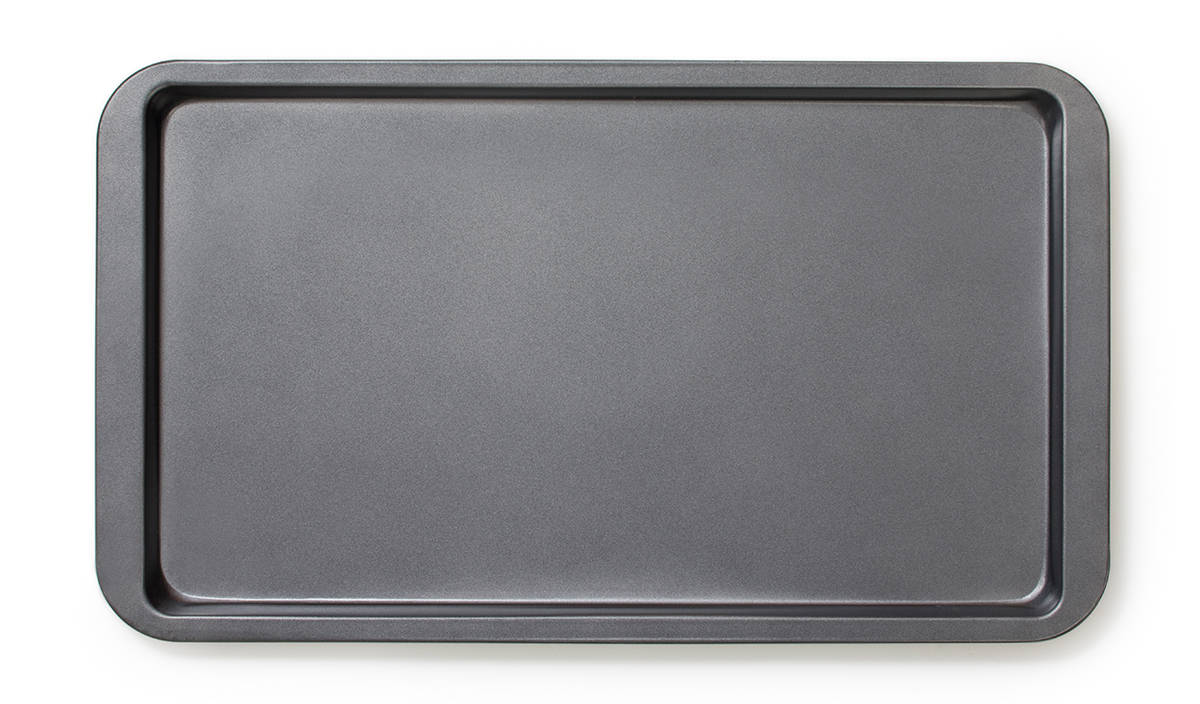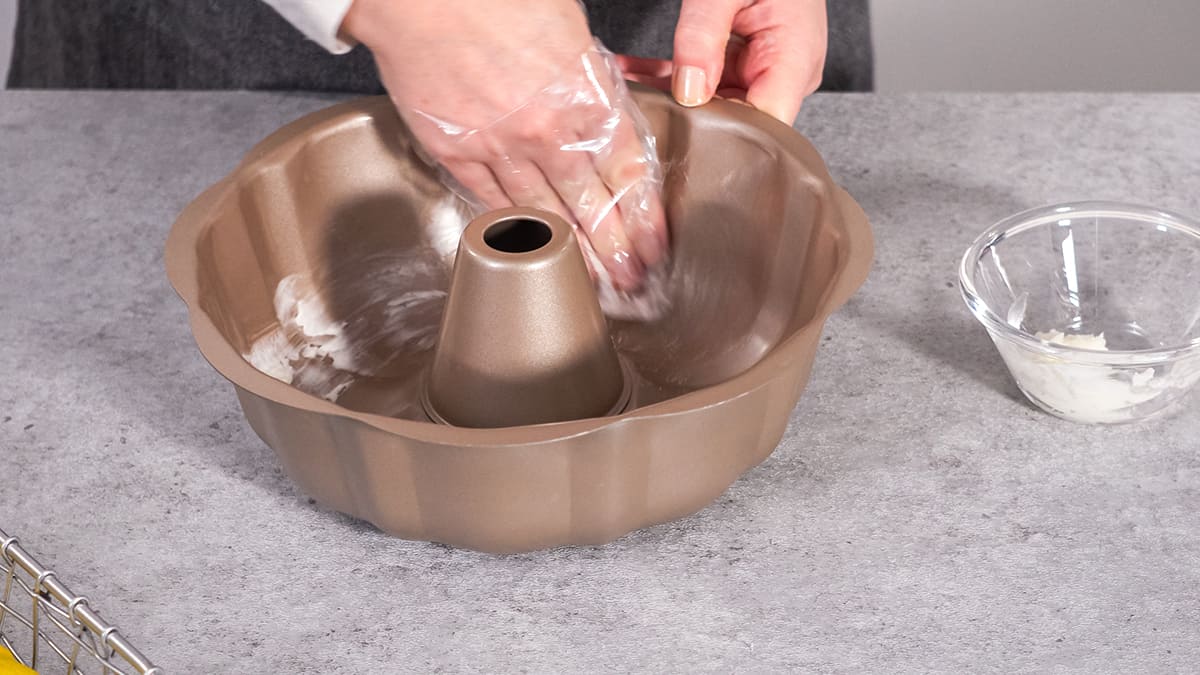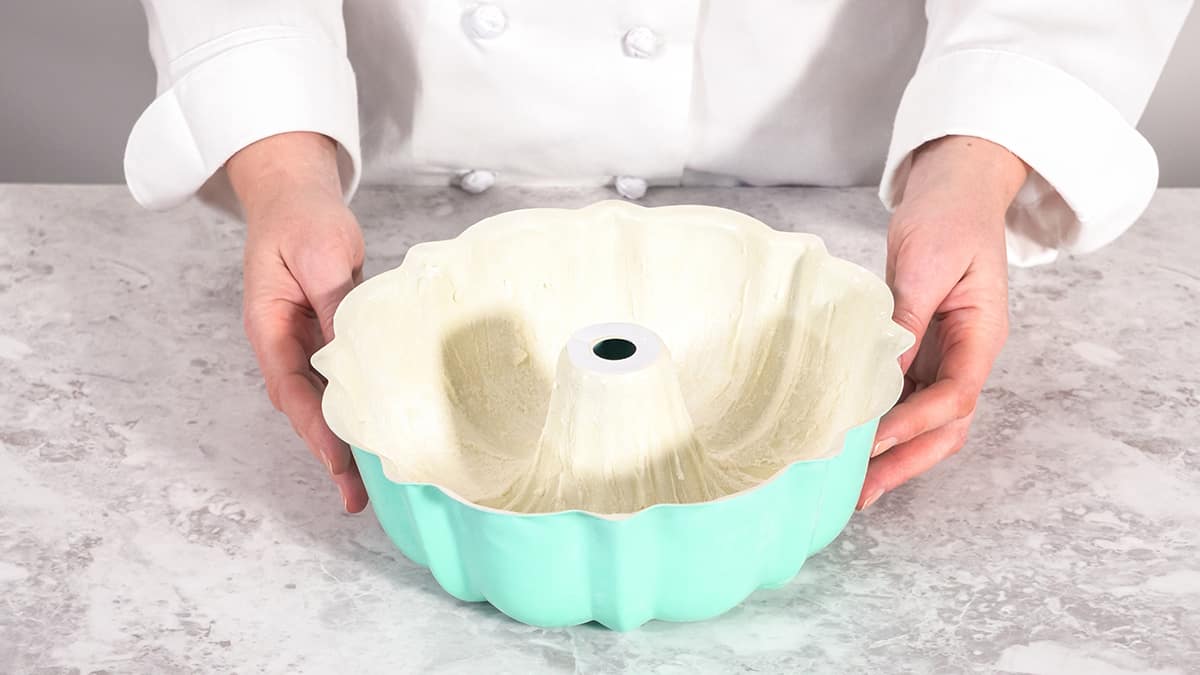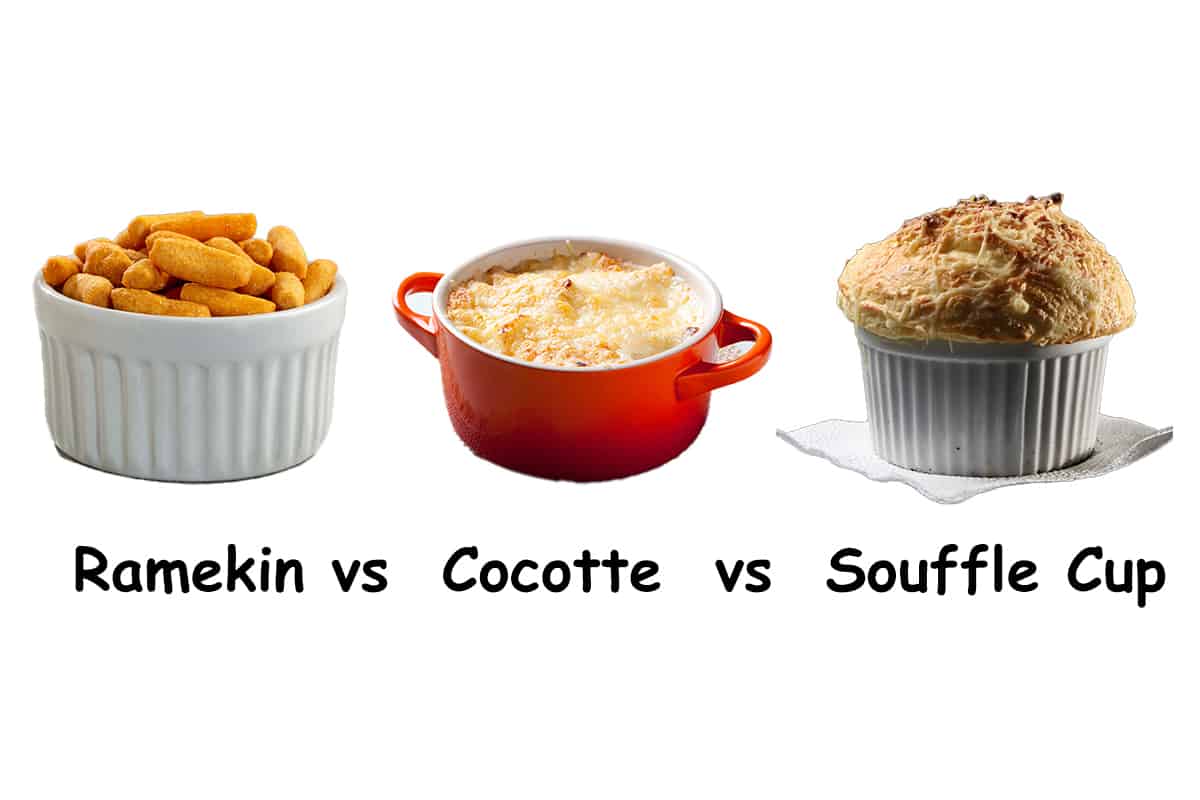A jelly roll pan is not so unlike a cookie sheet. The main difference is that jelly roll pans have rims around the perimeter to allow jelly rolls or flat sheet cakes to rise. So, when preparing a delicious jelly roll for dessert, how big of a jelly roll pan should you use?
Generally, there are two jelly roll pan sizes—quarter pans that measure 9 × 13 inches and half pans that are 12 × 17 inches. Both jelly roll pan sizes have 1-inch-tall rims.
There is a lot to learn about jelly roll pans in terms of size, uses, and substitutes. If you’d like to learn everything there is to know about jelly pans, you will find the information in the following sections.
Jelly Roll Pan Sizes
Although jelly roll pans come in two main sizes—quarter (9 × 13 inches) and half-size (12 × 17 inches) pans—the actual measurements will vary from brand to brand. There are much smaller and much larger jelly roll pans you can use, depending on how large of a jelly roll you wish to make.
Below, I’ll list the exact measurements of different jelly roll pan models made by some of the most highly rated manufacturers.
| Jelly Roll Pan Model | Length (in.) | Width (in.) | Height (in.) |
| USA Pan Jelly Roll Pan | 15 | 10 | 1 |
| USA Pan XL Sheet | 21 | 15 | 1 |
| All-Clad Jelly Roll Pan | 12 | 15 | 1 |
| All-Clad Quarter-Sheet Pan | 13 | 9 | 1 |
| Dougmakers Jelly Roll Bake Pan | 10 | 15 | ¾ |
| casaWare Ultimate Series | 10 | 15 | 1 |
| Ultra Cuisine Baking Pan | 16.1 | 11.2 | 1.3 |
Why Jelly Roll Pan Sizes Matter

The size of the jelly roll pan will ultimately determine how big, small, or thick your jelly roll will turn out. For instance, a quarter-sized jelly pan roll (9 × 13 inches) will produce roughly half the size of a jelly roll that you could make in a half-sized pan (12 × 17 inches).
As a general rule, half-sized jelly roll pans can hold up to 12 cups of batter, which is roughly the same amount as a 10 × 2.5-inch springform pan can hold. As for quarter-size jelly roll pans, they hold about 7 cups of batter, meaning there will be considerably fewer jelly roll slices to go around.
On average, a quarter-size jelly roll pan can produce between 5 and 12 slices, depending on how thick the slices are. As for half-size pans, you’re looking at around 10 to 20 slices.
Jelly Roll Pans vs. Half-Sheet Pans vs. Cookie Sheets
Now, how does a jelly roll pan compare to other similar-looking pieces of bakeware?
For the most part, jelly roll pans and half-sheet pans are nearly identical. They are wide, rimmed baking sheets that allow cake batter to rise evenly. If you don’t have a jelly roll pan at home but want to make a jelly roll for dessert, you can certainly substitute it with a half-sheet pan.
However, you shouldn’t use a cookie sheet in place of a jelly roll. Cookie sheets typically come with two rims on opposite ends, thereby allowing the liquid batter to pour past the other two sides. While you can use a jelly roll pan for baking cookies, you cannot and should not use a cookie sheet for baking any type of cake unless you enjoy cleaning your oven.
What Can I Make with Jelly Roll Pans?
Don’t think that jelly roll pans are one-trick ponies. As I’ve explained earlier, you can use them for baking chocolate chip cookies in place of cookie sheets. However, there are many more dessert recipes you can follow while relying on a jelly roll pan.
Brownies—the rimmed edges of a jelly roll pan may not produce as much of the slightly overcooked edges we all know and love from edge brownies, but you can use a jelly roll pan in a pinch.
Dessert bars—the 1-inch walls of a jelly roll pan are great for holding lemon bars, granola bars, or streusel jam bars in place.
Roasted vegetables—if you’re struggling to get your daily recommended dose of vegetables, you can lightly oil and salt your veggies and spread them on a jelly roll pan before baking at 425°F for 15 minutes.
Substitutes for Jelly Roll Pans
The thing that makes jelly roll pans ideal for baking jelly rolls is their short walls. A filled jelly roll pan will produce a sheet cake that’s thin enough to roll while slightly warm, thus producing the beautiful swirl of cream in every cross-section.
That said, you can achieve similar results in different types of pans, provided you adjust the jelly roll recipe according to how much batter the baking dish can hold.
Casserole dish—casserole dishes have higher walls than jelly rolls pans, and as such, you should only fill it to around ¾ of an inch deep with your jelly roll batter. Any deeper and it might become impossible to roll.
Sheet cake pan—a sheet cake pan is arguably the best substitute for jelly roll pans as they have short rimmed edges that allow the cake batter to rise. Try and find a sheet cake pan that is at least 1 inch tall.
Bonus Tips for Using a Jelly Roll Pan
While the type of sheet pan you use plays an important role in the outcome of your jelly roll, it’s not the only thing that will make or break (literally) your dessert. Keep the following tips in mind the next time you want to whip up a jelly roll for your dinner guests.
Rest the sheet cake on a cooling rack—after the sheet cake is fully cooked (a bamboo skewer comes out clean after poking the center of the cake), allow the cake to rest in the pan for about two minutes. Then remove it from the pan and transfer it onto a cooling rack, which will prevent moisture from building up underneath the cake and ruining its overall texture.
Use white vinegar or baking soda to clean the pan—never use rough sponges when cleaning any baking sheet. The ideal way to clean a jelly roll pan is to pour a couple of tablespoons of white vinegar or a 1:4 baking soda-water mix on the pan. Let it sit for about 30 minutes before rinsing with warm water.
Line the pan with a silicone baking mat—instead of greasing your bans with butter, lard, or shortening, use a silicone baking mat instead. It will prevent your cake from sticking to the pan, and you can even use the baking mat to roll the sheet cake while it’s still warm.






